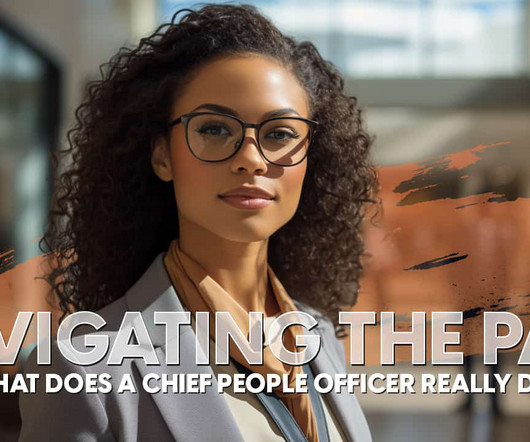Navigating the Path: What Does a Chief People Officer Really Do?
N2Growth Blog
DECEMBER 5, 2023
This executive role focuses on developing and implementing human resources strategies to manage the workforce and create a positive organizational culture. The CPO empowers organizations to maximize their human capital potential and achieve long-term success by spearheading these efforts.












Let's personalize your content